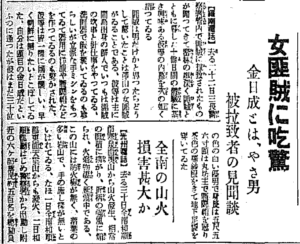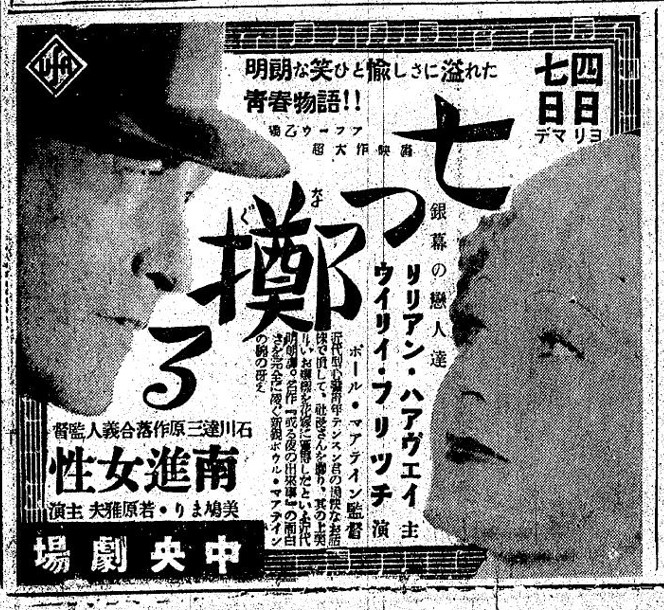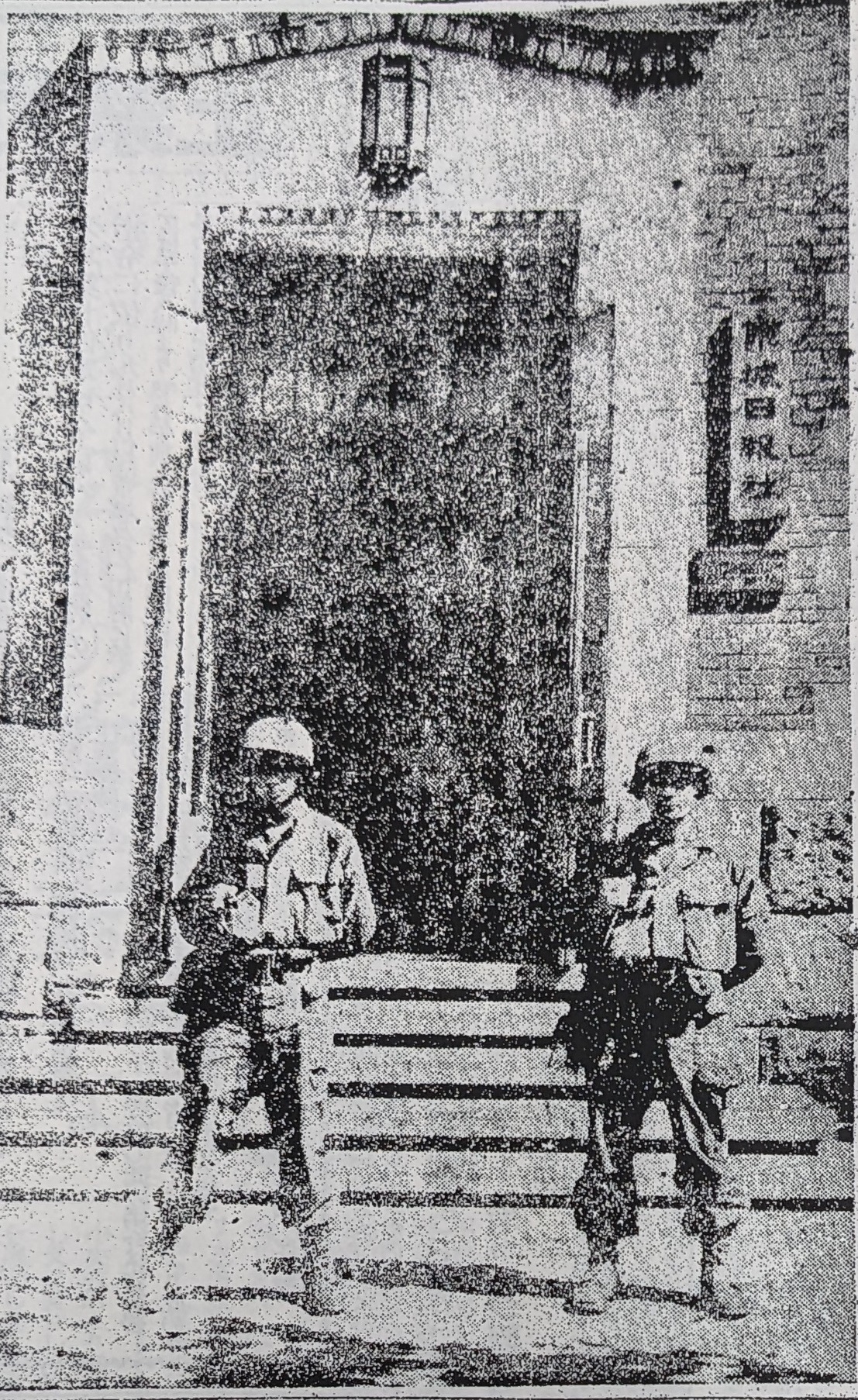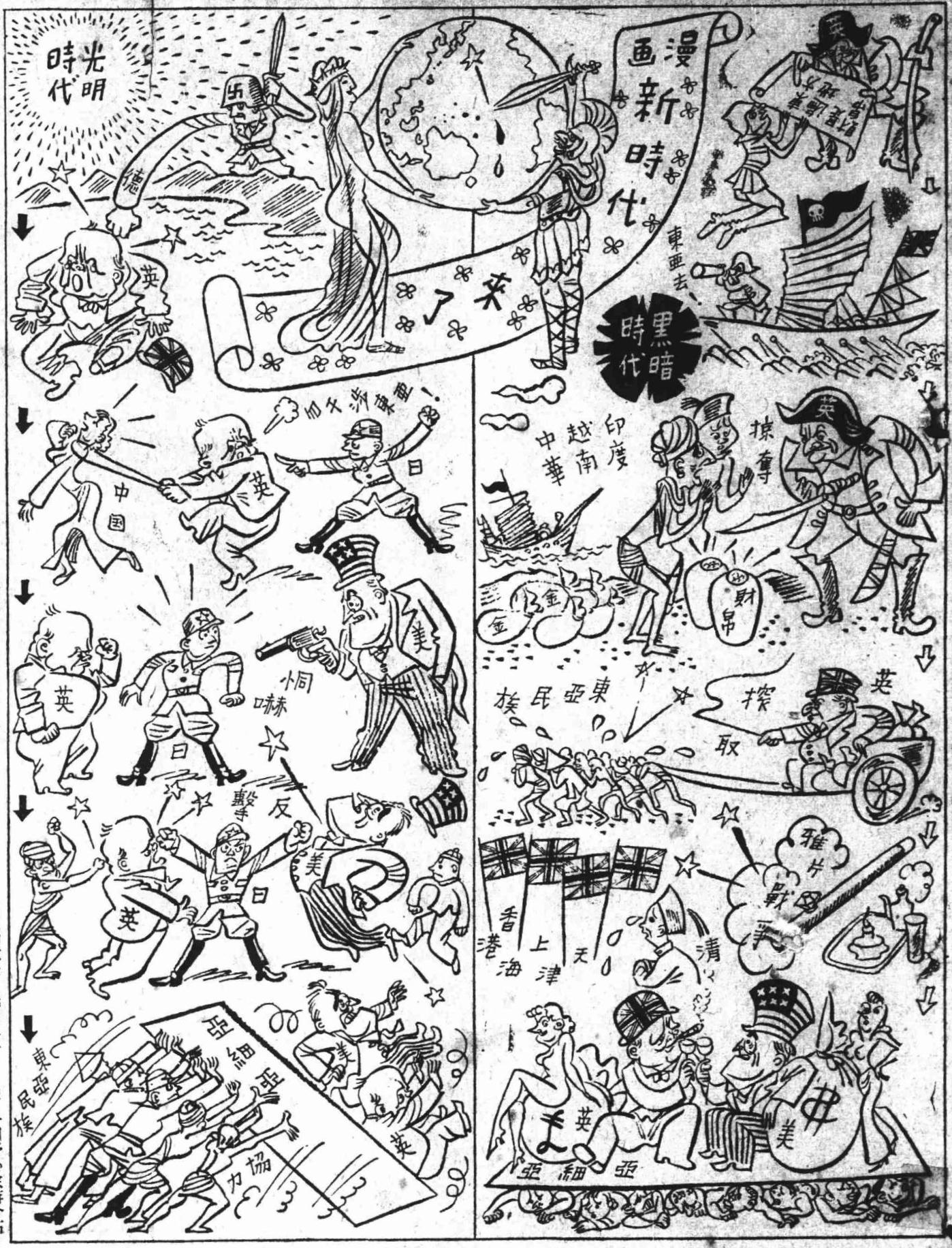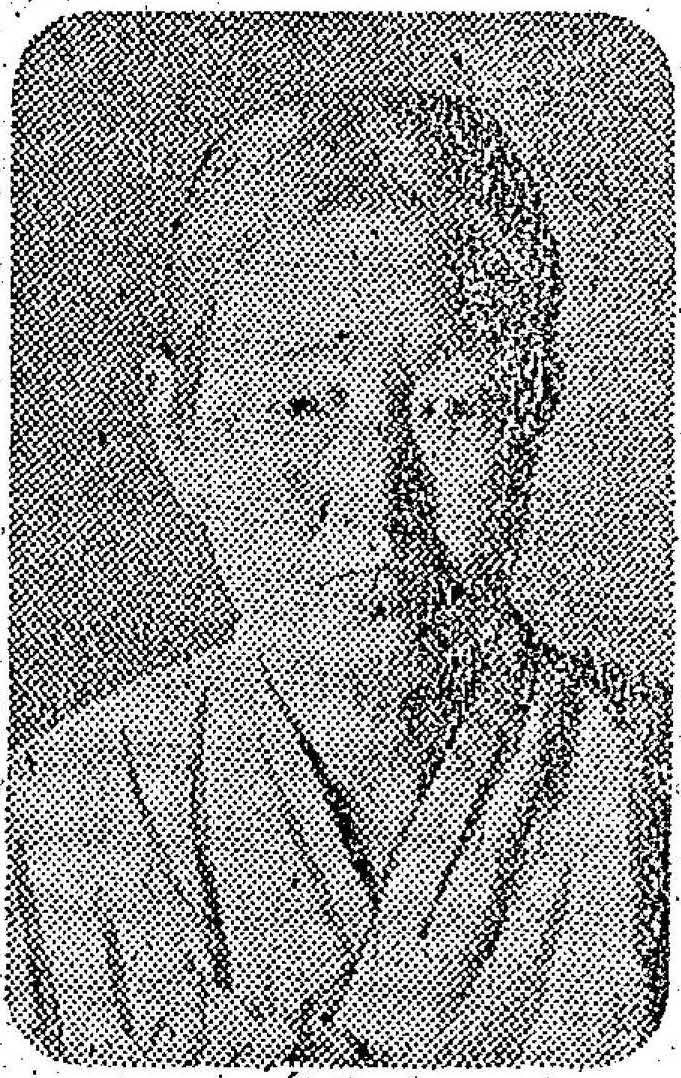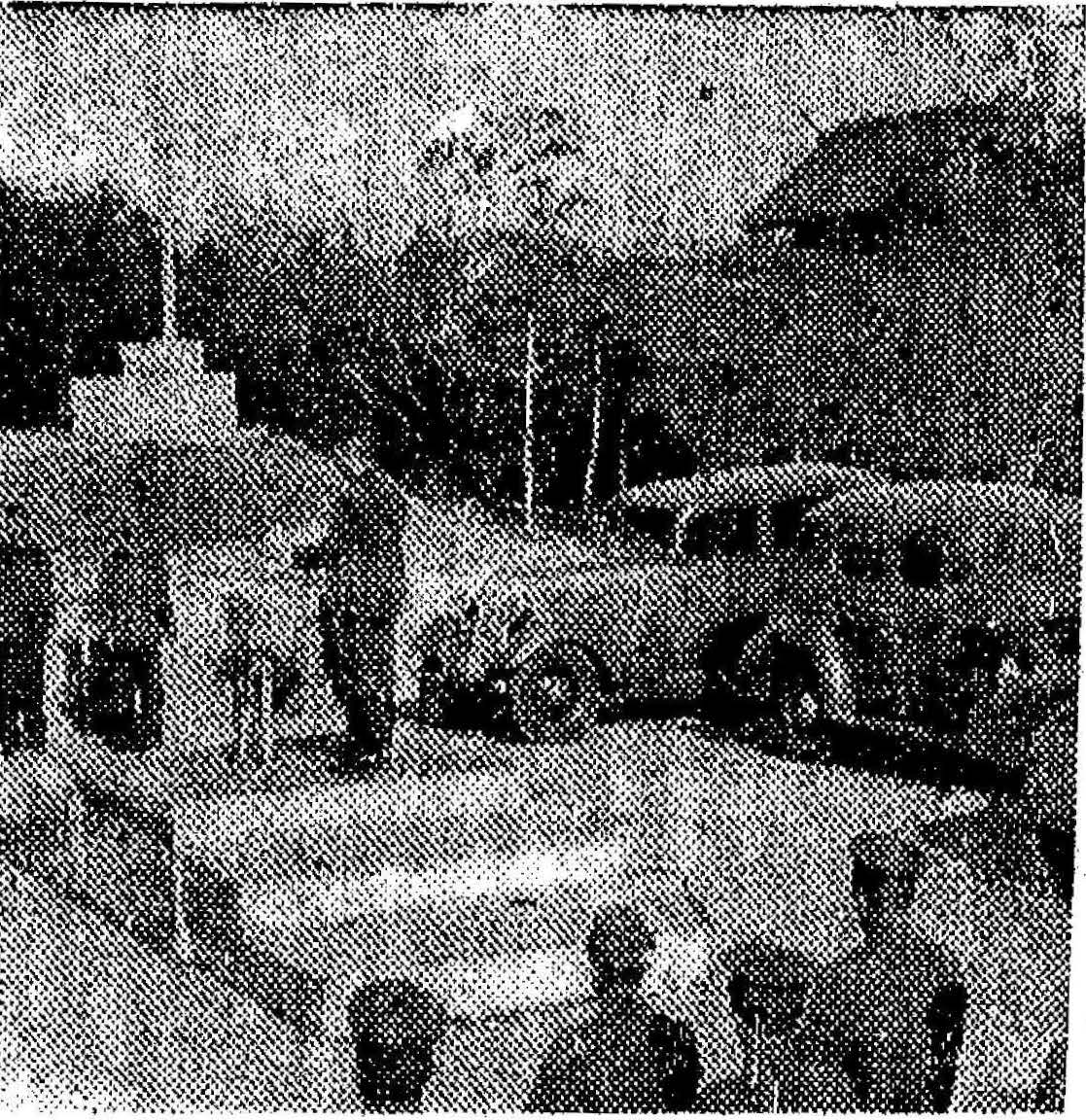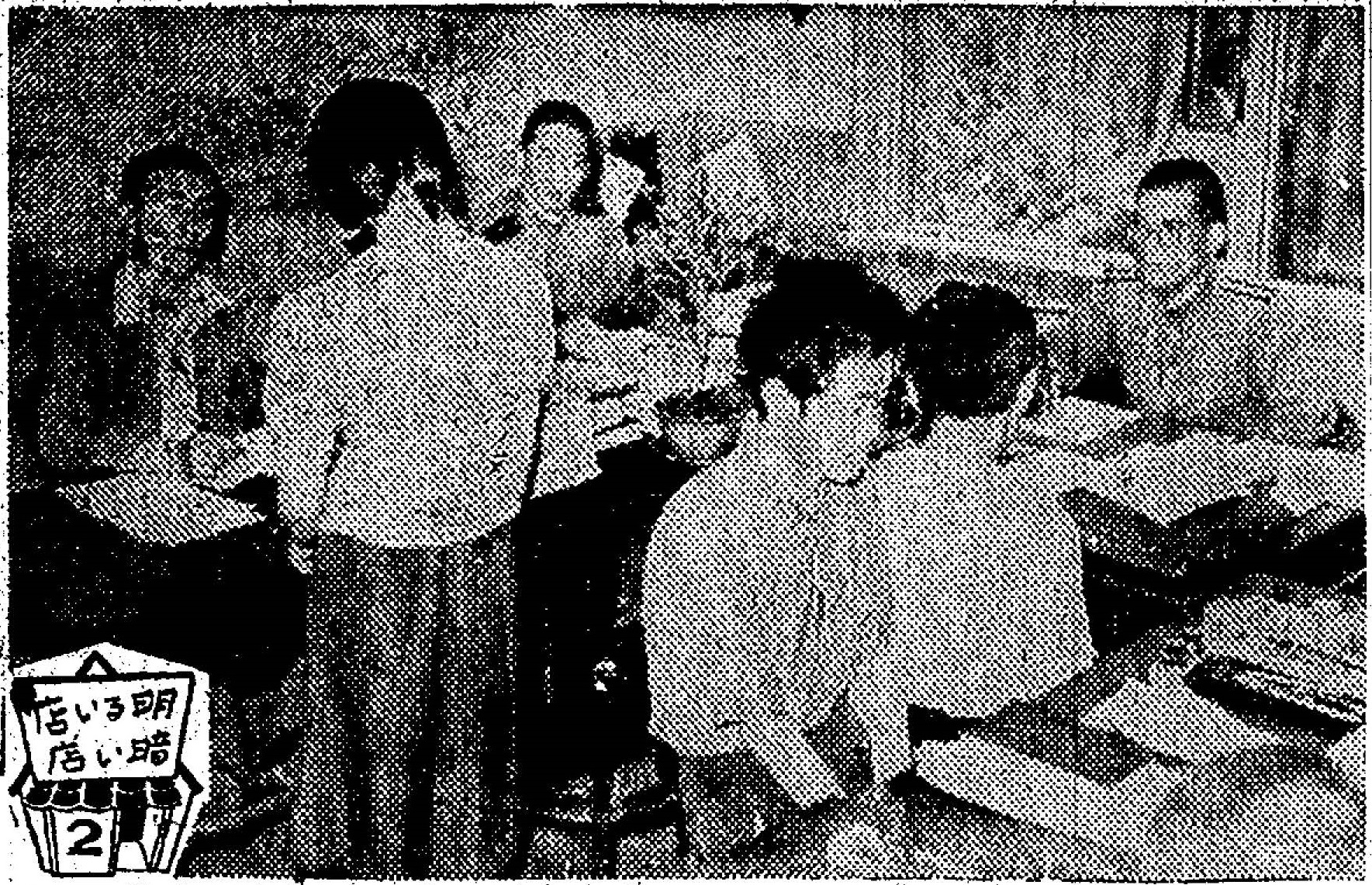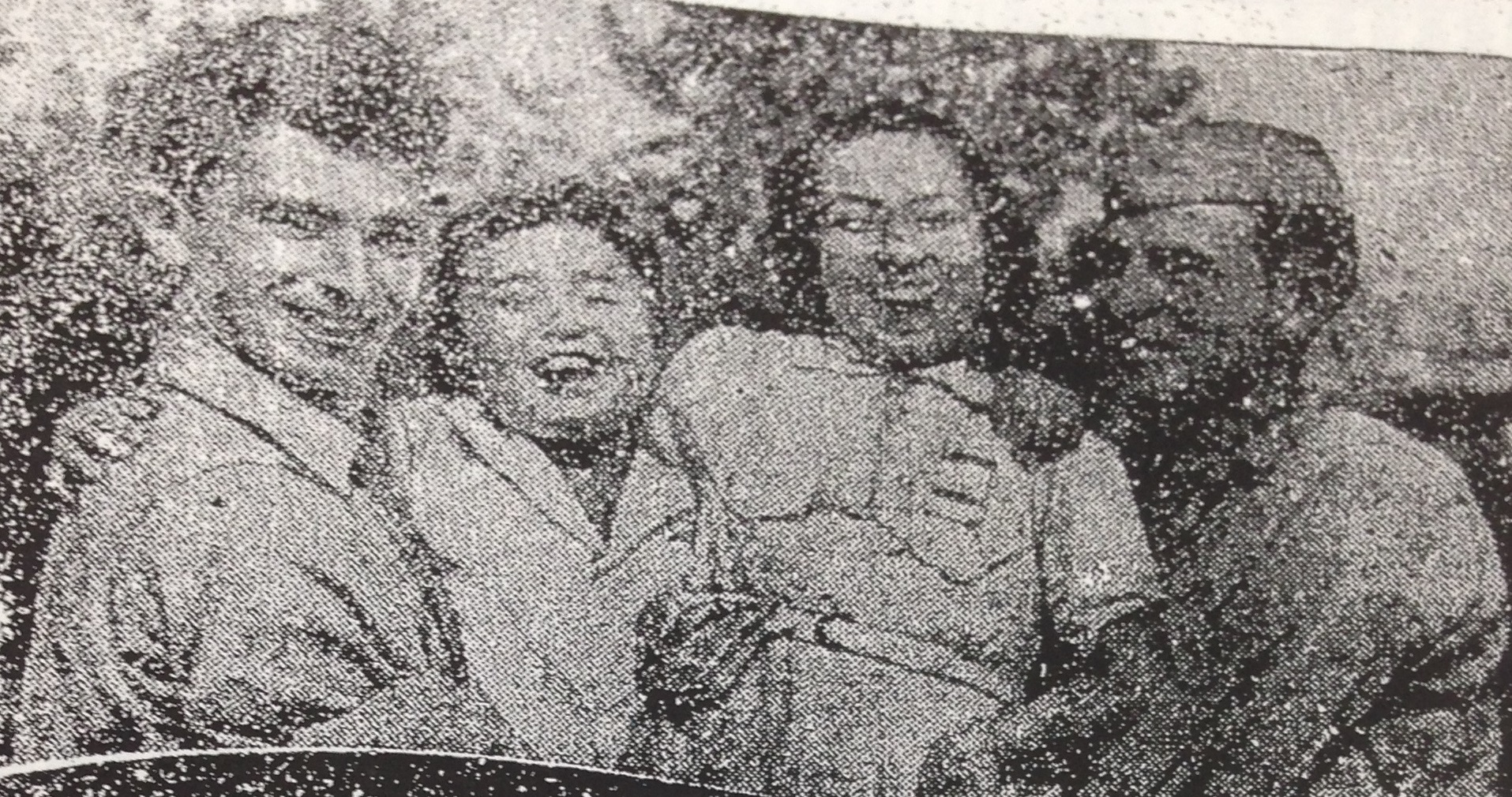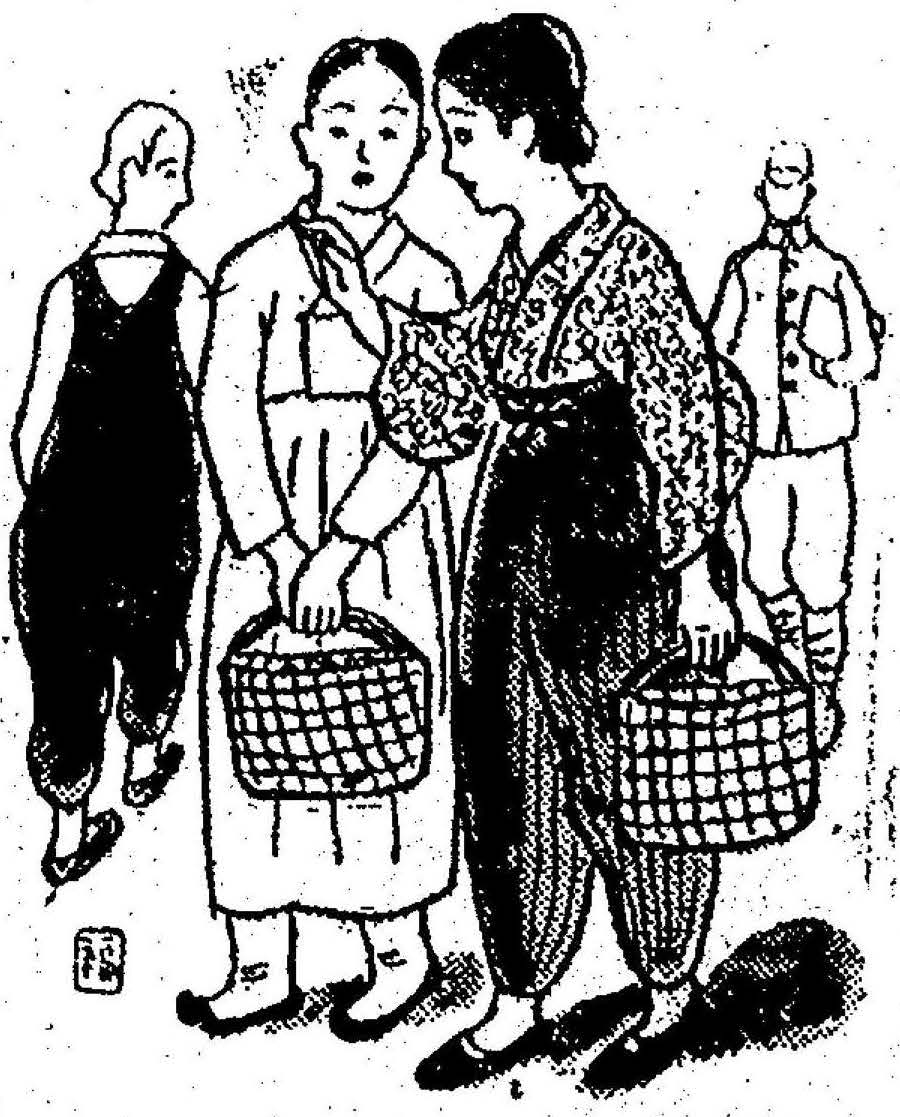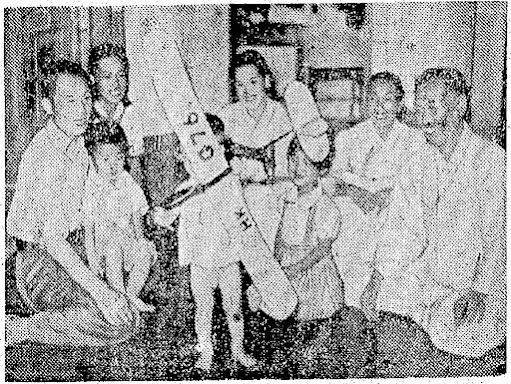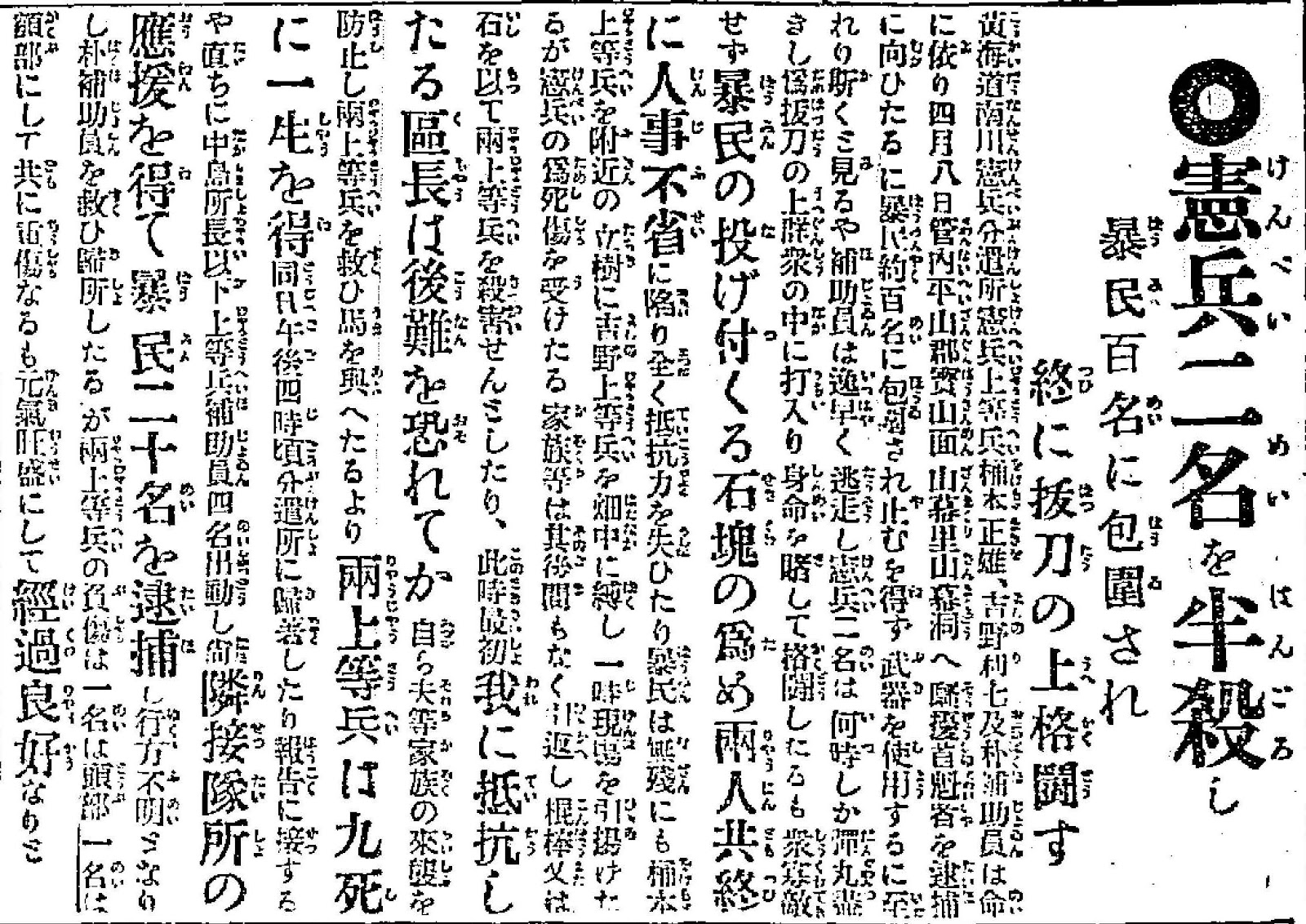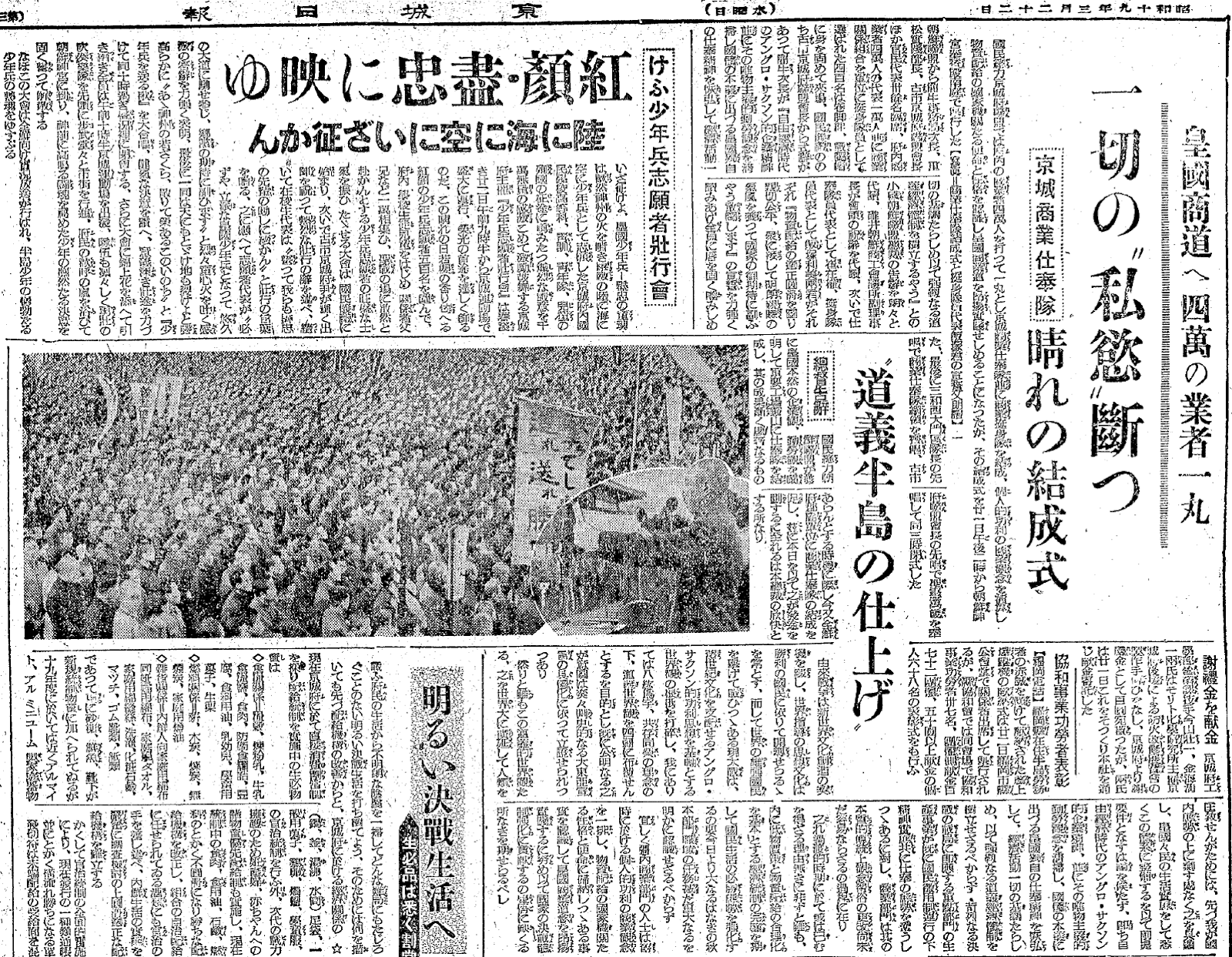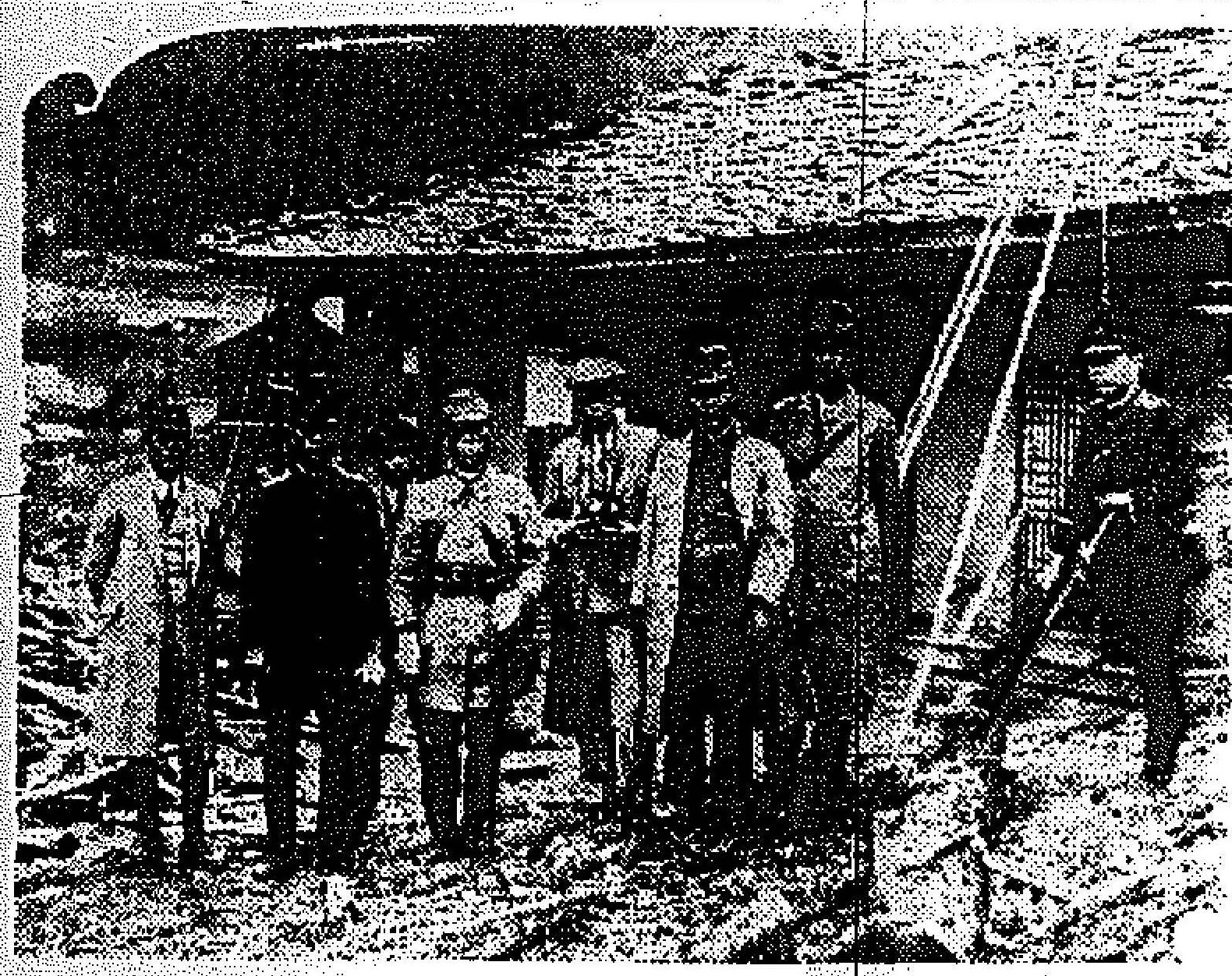
Japanese Keijo Nippo reporters interviewed Korean abductee held captive in May 1939 by Kim Il-sung’s Korean communist guerrillas in Taehongdan (대홍단, 大紅湍)-the fighters mostly conversed in Chinese, abducted young men for recruiting, beheaded comrades for breaking strict male-female conduct rules
2023-10-27
439
1486
I found these remarkable 1939 Japanese articles about Kim Il-sung and his comrades in Keijo Nippo (Gyeongseong Ilbo), the official propaganda newspaper of the Imperial Japanese colonial regime that governed Korea from 1905 to 1945. The article from June 23, 1939 takes us on an interesting journey into the aftermath of the Battle of Taehongdan of May 1939, offering a unique perspective that has long been overshadowed by the North Korean account of this historical event.
What sets the June 23rd article apart is its exclusive interview with a Korean abductee who spent five harrowing days in captivity with none other than Kim Il-sung’s band of guerrilla fighters. While the North Korean narrative has dominated online discussions, we now have a rare opportunity to compare it with the Imperial Japanese account of what transpired during that fateful battle.
One intriguing parallel that emerges is the number of casualties. Kim Il-sung’s “Reminiscences” state that there were two injuries and one fatality on his side, as documented in Volume 7, page 187. In contrast, the Korean abductee’s account reveals that 2 or 3 guerrillas were injured, with one of them severely. However, the Korean abductee goes a step further by providing fascinating insights, such as the revelation that the working language of the guerrillas was predominantly Chinese. Surprisingly, they only switched to Korean when communicating with the Korean abductee, who couldn’t converse in Chinese.
This revelation seems to challenge Kim Il-sung’s apparent need for a member fluent in Chinese to act as a liaison with ethnic Chinese in southern Manchuria, as implied in pages 82-83 of Volume 7 of his “Reminiscences.” Indeed, according to Soviet archives, when Kim arrived in Korea in August 1945, his Korean was not very good, though he was fluent in Chinese and conversant in Russian, and he had to be fed a speech to learn and practice reading aloud in Korean (Source: The Impossible State: North Korea, Past and Future by Victor Cha). The question arises: why did Kim Il-sung conceal the fact that his group primarily communicated in Chinese during this period?
Another eye-opening aspect of the Korean abductee’s testimony is the use of abduction as a recruitment tool to bolster their ranks with young individuals. Furthermore, we have an account from a Japanese abductee featured in another newspaper article published a few days earlier than the one describing Taehongdan, though it provides fewer details and focuses mainly on Kim Il-sung’s appearance.
These extraordinary articles opens up a treasure trove of historical insights and raises thought-provoking questions about the Battle of Taehongdan and Kim Il-sung’s guerrilla forces. Here is a link to the English copy of the Reminiscences of Kim Il Sung on the Marxists website. Select the Volume 7 and search the PDF for ‘Taehongdan’ for the relevant passages.
[Translation]
Gyeongseong Ilbo (Keijo Nippo) June 23, 1939
Anti-Bandit Frontline Reconnaissance (6)
The Bandits are Mostly Young Men
We hear from the abductees about the daily lives of the bandits
The Final Course
Since the tenth was the anniversary of that incident, everyone unusually gathered at eight in the morning. Now we headed to our final destination: Taehongdan (대홍단, 大紅湍) in the innermost part of the foot of Mount Jangsan (장산령, 長山嶺). We got on a truck, and the journey began in Samjang (삼장, 三長). Diverging from the riverbank road at Samsang-dong (삼상동, 三上洞), we followed the small streams, enduring the truck’s violent rolling for several hours on treacherous mountain roads. Just before noon, we arrived at Kaetak-dong (개탁동, 開拓洞). During the journey, we were guarded by several security personnel, including Deputy Police Chief Shiramizu, who had joined us from Samsang-dong, and they also pushed the truck when it stalled.
Kaetak-dong is a rafting area for Northern Korean Paper Manufacturing, where about 50 raftsmen live. On the 24th of last month, it suffered the most significant damage in the recent incident when bandits attacked and abducted head raftsman Sakamoto Tetsuji (age 35) and around twenty others, plundering 900 yen in cash. Today, Mr. Horimoto’s house, one of the places attacked by the bandits, stands forlornly deserted on a corner of the riverbank.
We were welcomed here by Deputy Police Chief Shimatsu (Elite Provincial Division), and after trekking for another two Ri (7.9 km) on terrible roads, we arrived at Taehongdan. We paid a consolation visit to the Shimatsu squad, immediately turned around our vehicle, and returned to Kaetak-dong. While dwelling on the past in the vacant house of Mr. Horimoto, a victim of the vividly distressing bandit attack, we ate our “Hinomaru” bento boxes. Here, we gathered around Kim Jae-ho (김재호, 金在濠) (age 42), who was abducted by bandits for five days, underwent hardships deep in the dense forest, and recently managed to escape. We listened to his testimony, an honest eyewitness account of the bandits’ daily life. Here is a summary:
Abductee’s Account
Q: What were the circumstances when you were abducted?
A: The bandits stormed into my house and immediately told me to carry some things and follow them. They forced me to carry rice and chestnuts, and took me away.
Q: What kind of weapons did they have?
A: They had unusually long guns, regular rifles, short pistols, and long swords.
Q: What were they talking about?
A: Initially they spoke in Chinese, so I could not understand them.
Q: What did they look like?
A: They were mostly young men under 30. There were six women among them who wore a top that resembled a military uniform and a bottom like a Korean Chima (skirt).
Q: What happened when they encountered the security forces and engaged in combat?
A: While they were fleeing, they encountered the security forces and fought four or five times. They just kept telling us to run and pulled us along aimlessly.
Q: How many casualties did the bandits have?
A: Two or three were wounded near the Cheonwang-dang (천왕당, 天王堂) area in Taehongdan. One was severely injured, and one of the abductees had to carry him.
Q: How many bandits were there?
A: They were divided into several groups of about ten people each. When the sun set, many more gathered from all around the foot of Mount Jangsan. I did not count, but there might have been about 300. They set up 13 tents and slept there. The tents were larger than this house and had a large furnace set up in the center, and they guarded the perimeter. About thirty people were staying in each tent.
Q: What did they feed you?
A: They gave us porridge made of chestnuts and steamed barley, which tasted terrible. But I had no choice but to eat because I was starving.
Q: Did they abuse you? And did they speak any Korean?
A: They did not beat me. When they realized I did not understand Chinese, they started speaking in Korean with an accent that seemed like it was from around Pyeonganbuk-do.
Q: What were the bandits mostly talking about?
A: There were around 30 abductees, and they were strongly encouraged to join their ranks. They did not say anything to the older ones like us, but they seemed to be brainwashing the young with communism. Every morning, everyone gathered around the tent, and someone who appeared to be the leader (or Kim Il-sung) gave some instructions in Chinese.
Strict Male-Female Relations
Q: What about the bandits’ male-female relations?
A: I am not sure, but they were very strict. I heard that anyone who broke the prohibition was routinely beheaded.
◇
Although these may be superficial observations, this fragmented Q&A does seem to provide some sense of their daily lives.
[Photo = The house in Kaetak-dong of Mr. Horimoto, who was attacked by the bandits]
Gyeongseong Ilbo June 3, 1939
Astonished by Female Bandits
Kim Il-sung was a Gentleman
A Kidnap Victim Shares His Experience
[Telephone Report from Ranam] On the 22nd of last month, a person who had been kidnapped by bandits in the jurisdiction of the Samjang Police Station returned and spoke about the interesting inner workings of the bandits, based on his experiences of living with them deep in the mountains for over ten days.
One surprising thing was the presence of many female bandits among them, not just men as he had initially thought. These people are primarily ethnic Koreans from the Gando region and usually handle cooking and sewing for the bandits.
It was unique that they cook rice in a washbasin, but it was also surprising that they skillfully made Western clothes and combat hats using a proper hand-operated sewing machine. All of them uniformly expressed nostalgia for their homeland and said they wanted to return to Korea as soon as possible.
He met the leader who introduced himself as Kim Il-sung. Kim was a fair-skinned, good-looking man in his thirties, about 5 shaku and 5 or 6 sun tall (167 to 170 cm tall). He was bald, wore a combat hat, dressed in brown woolen clothes, and wore jika-tabi footwear.
[Transcription]
京城日報 1939年6月23日
討匪戦線縦走(6)
匪賊は若者揃い
被拉致者から彼等の日常を聴く
最終コースへ
十日は時の記念日だというので、一同珍しく朝の八時に勢揃いした。いよいよ最後のコース。長山山麓最奥大紅湍へ向けトラックに便乗して三長を進発。江岸道路を三上洞から分岐して小江満水に沿い、物凄い山道をトラックの激しいローリングに悩まされながら進行を続けること数時間。十二時少し前、開拓洞に到着。この間警護のため三上洞から同乗した白水警部補一行数名の警備員を煩わしてえんこしたトラックの後押しをする。
開拓洞は北鮮製紙の筏場で五十名ばかりの筏夫が住んでいるが、去る二十四日匪賊に襲撃され筏夫頭の坂本鉄治(三五)さんをはじめ二十数名の筏夫達が拉致され、現金九百円を掠奪されたという今事件中最大の被害地、江岸の一角に匪賊に襲われたという問題の堀本氏の家が今は主もなくわびしくたたずんでいる。
ここまで出迎えた、志摩津警部補(道高等課)一行と共に更に悪路を遡ること約二里、大紅湍に到着。志摩津部隊を慰問、直ちに車を返して開拓洞に戻り、匪襲事件の惨禍も生々しい被拉致者堀本氏の空き家で往時を偲びつつ日の丸弁当を頬張り、五日間匪賊に拉致されて密林の奥深く苦行を積み最近逃げ帰って来たという金在濠(四二)なる男を囲んで体験談を聴いた。これこそ真に偽らざる匪賊の日常生活の目撃談である。以下その概要:
被拉致者の話
問:拉致される時の状況はどうであったか?
答:匪賊は大挙して私の家を襲い、いきなりこれをもってついて来いてこいと、米と栗を背負わされ、無理やりに引き立てられた。
問:どんな武器を持っていたか?
答:妙に長い鉄砲と普通の小銃と短いピストルと長い刀を持っていた。
問:どんな話をしていたか?
答:初めは支那語で話していたので、何を言っているか分らなかった。
問:どんな恰好をしていたか?
答:匪賊は大概三十歳以下の若い者ばかりで、中には女が六人いた。着物は上衣は軍服のような洋服を着て、下は朝鮮のチマのようなものをはいていた。
問:警備隊と遭遇して交戦したが、その時の模様はどうであったか?
答:逃げる途中、四回か五回遭遇して交戦したが、奴らは唯逃げろ逃げろと私達を引きたくって無暗に逃げ廻るばかりだった。
問:匪賊にどの位の損害があったか?
答:大紅湍の天王堂附近で二三名負傷したが、一人は可なりな重傷で拉致者の誰かが背負わされた。
問:匪賊の数はどの位だったか?
答:十人ばかりを一団として数団体あったが、日が暮れると長山岳あたりに、あちらこちらから沢山集まって来た。数えて見なかったが、大方三百人位は居ただろうと思う。そして天幕を十三張ってみんなその中に寝泊りしていた。天幕はこの家よりも大きく中央に大きな炉を拵らえて、そのぐるりに護たか、一つの幕舎に三十人ばかり入っていた。
問:どんな物を食わしたか?
答:栗やら蒸し麥のお粥でとてもまずくて食べられなかったが、腹が空いて仕方がないのでどうにか食べられた。
問:いじめなかったか?そして、朝鮮語は全然話さなかったか?
答:別に殴りはしなかった。支那語が判らないというと、後からは朝鮮語で話していた。その朝鮮語は平北あたりのなまりがあるように思った。
問:匪賊は主としてどんな話をしていたか?
答:拉致された者がおよそ三十人ばかりいたが、一人一人に、お前はもう朝鮮に帰らずに俺達の仲間に入れと盛んにすすめていた。私共のような年寄りには何もいわなかったが、若い者には盛んに共産主義を吹き込んでいるようだった。そして毎朝、幕舎の前にみんな集って頭目らしいのが(或いは金日成が)何か盛んに支那語で訓示していた。
男女関係は厳重
問:匪賊達の男女関係はどうか?
答:よくわからないが、非常に厳重だ、ということだった。そしてその禁を破った者が度度打首にされたという話も聞いた。
◇
浅薄な観察ではあるが、この断片的な問答によって彼等の日常生活の概要が判るような気がする。
【写真=匪賊に襲われた開拓洞の堀本氏の家】
京城日報 1939年6月3日
女匪賊に吃驚
金日成とは、やさ男
被拉致者の見聞談
【羅南電話】去る二十二日三長警察署管内で匪賊に拉致されたものが帰ってきて密林の奥深く匪賊とともに暮らした十余日間の経験に基き興味ある彼等の内幕を次の如く語っている。
匪賊は男だけかと思ったらどうして驚いたことは、沢山の女匪賊がいることである。彼等は主に間島出身の鮮人でいつもは匪賊の炊事と針仕事をやっている。
洗面器で飯を焚いているのも珍しいが、立派な手ミシンをもっていて器用に洋服や戦闘帽などを作っているのも驚かされた。彼らは皆一様に国が懐かしい、早く朝鮮に帰りたいとこぼしていた。
自分は頭目の金日成だというのに逢ったが彼はまだ三十位の色の白い優男で身長は五尺五六寸、頭は丸坊主で戦闘帽を冠り、茶色の羅紗服をきて地下足袋を穿いていた。
[Sources]

